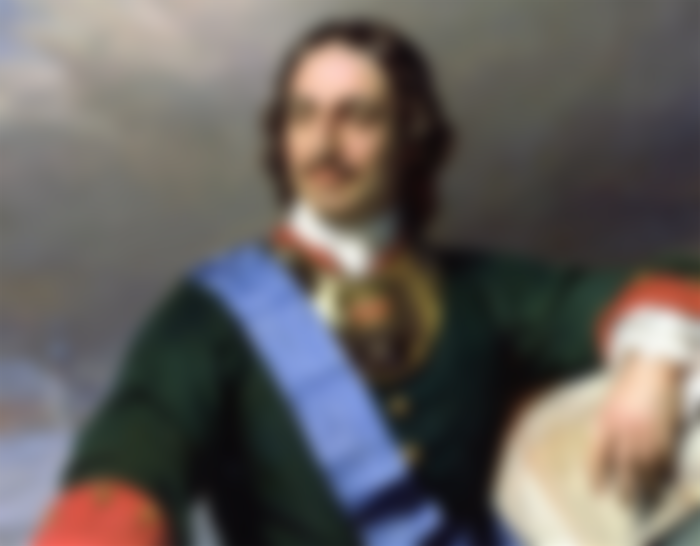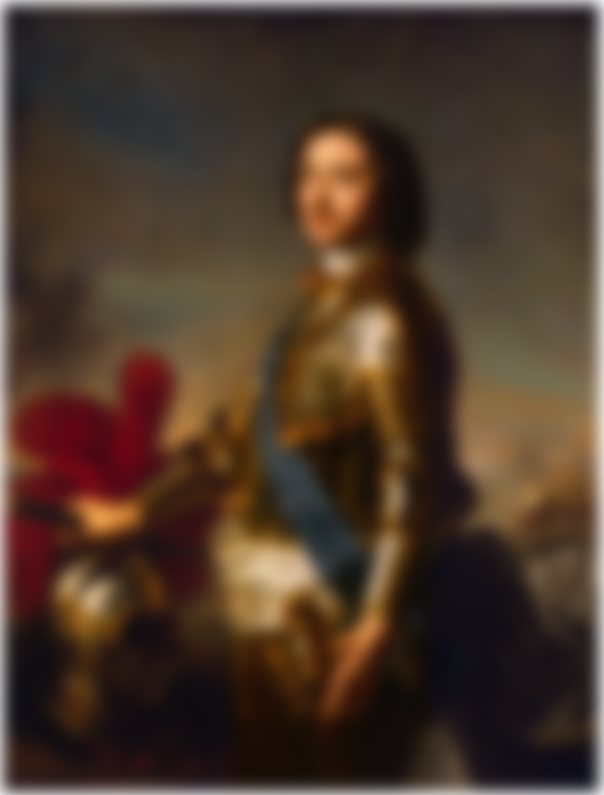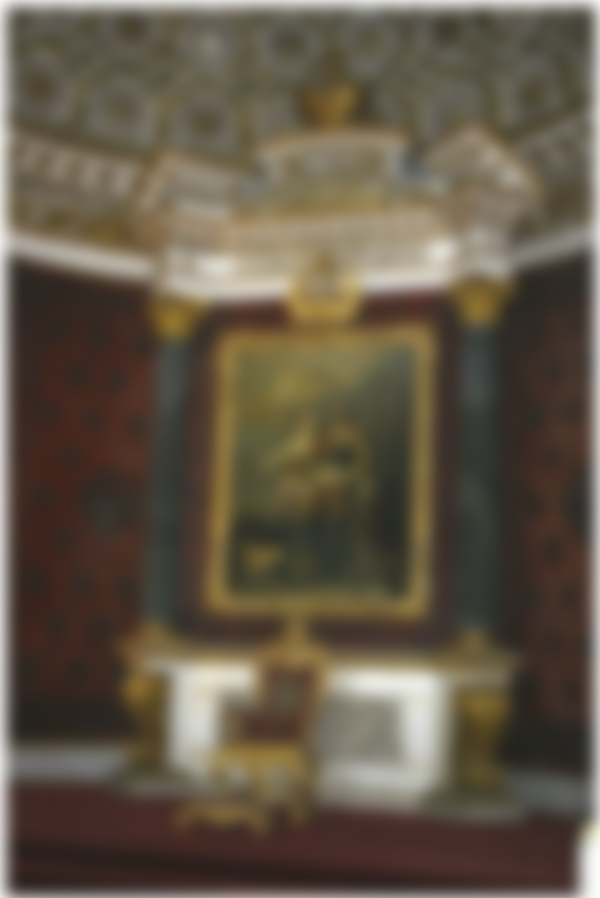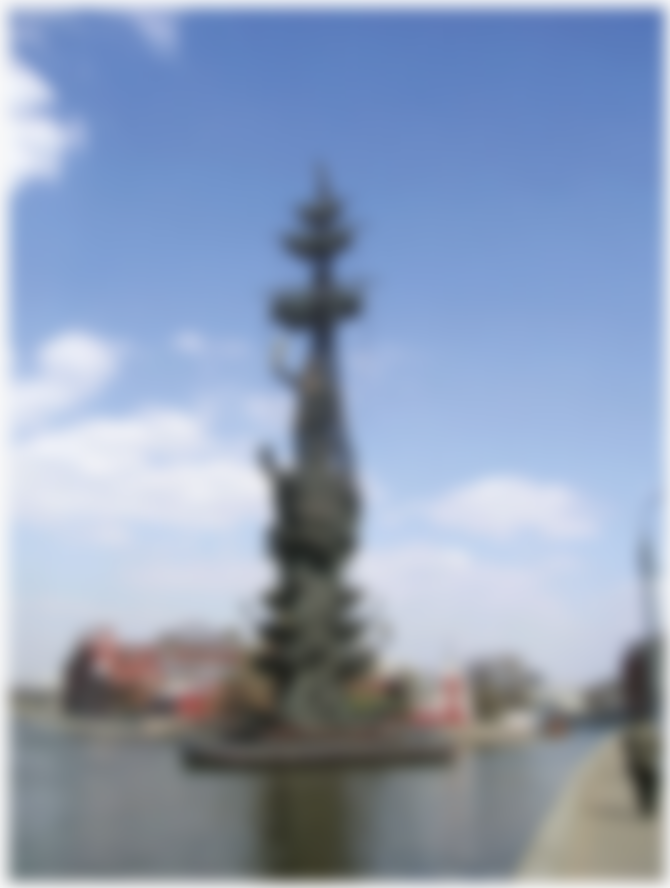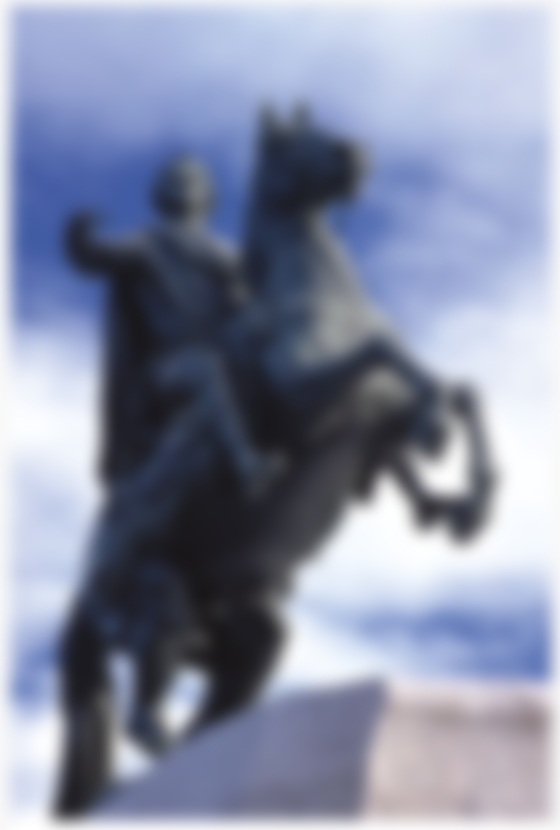Peter I Alexeevich or Peter the Great was a Russian tsar and tsar who ruled from April 27, 1682 until his death on February 8, 1725. He came to the throne after many court networks and conspiracies. No ruler of Russia before and after him has made such a radical and significant change as this man! No one dared to change so much and without discussion deal with old customs and explore new norms that had to be respected. No one dealt so harshly with dissidents and anyone who dared to stand in the way, not even within their own family. Simply put - no one was as "great" as he - Peter the Great!
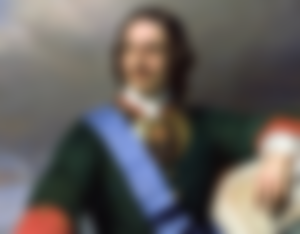
He initially ruled together with his weak and sick half-brother, John V who died in 1696. After Ivan's death, when he became emperor, he ruthlessly suppressed any type of resistance, even in his own family. Once he consolidated his power, Peter publicly announced something that until then had only been whispered about in rare, better-educated groups of people - if he wants to survive, Russia must change! Peter was completely different from his predecessors - he was easy to hold and dress and did not like parade ceremonies. He often walked the streets of the capital like an ordinary citizen. Extremely curious in spirit, he pursued his policy energetically and ruthlessly, keeping a strong and modern Russia in mind. Until the reign of Peter the Great, Russia was a huge, but backward feudal country, inhabited, in the eyes of the Western world, by savage tribes that could not be even valid enemies, let alone allies. Four decades later, at the time of the death of Peter the Great, that picture was changed forever, and Russia became the leading European power of that time.
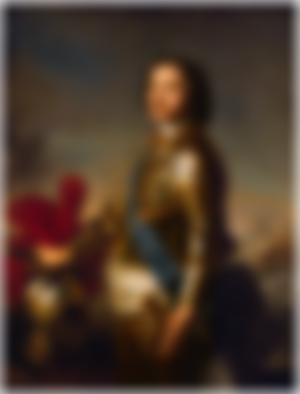
He abolished Sagittarius, the elite guard of the Russian tsars!
The archers have been the elite guard and bodyguards of the Russian tsars since the time of Ivan the Terrible. They dared to rebel during the time when Peter was on a great journey through Europe (just to see and get to know the customs of the modern world) and the emperor did not forgive them. The shooters, as a military formation, were disbanded, and many of them were tortured, buried alive or expelled to Siberia. Instead, he created the Transfiguration Regiment and the Semyonov Regiment, which became the core of a new, modern, Russian standing army.
He considered arranged marriages a barbaric custom!
Probably instructed by his own experience (from his first wife, Empress Jevdokija, Petar divorced), he considered arranged marriages a barbaric custom and forbade marriages against the will of future spouses and declared it obligatory for future spouses to be engaged for at least six weeks during which they could freely they see and get to know each other better.
He modernized the court!
Peter's visit to the West convinced him that many European customs were more advanced than traditional Russian ones. That is why Petar ordered all his officials and officials to shave their beards and to wear clothes tailored in European fashion. Only priests, farmers and coachmen were exempted from that. He also ordered his halls to organize parties according to European customs, and women from higher classes had to go to social gatherings, which broke the traditional isolation in which women had been kept until then.
Father of the Russian army
Peter the Great made radical changes in the army, according to Western standards. He imposed compulsory service on the nobility, either in the administration or in the army, and he arranged the military hierarchy so that promotions were obtained on the basis of merit, not origin, so that anyone who deserved it by his deeds could reach high military ranks. The changes also included the division into infantry, cavalry and artillery, and he also introduced measures to maintain the regular order of the land army and navy, which consisted of the mandatory recruitment of serfs and free people without a permanent place of residence or permanent employment. He introduced compulsory military service, which created an army of 300,000 permanent soldiers and sailors, together with reservists.
Industrialization of the country
In order for the state to be able to sustain such an army, radical changes in the economy and industrialization were needed. Peter the Great built many factories, shipyards and workshops that had privileges and state subsidies. Labor was provided by allowing merchants and owners of factories and mines to buy entire villages with all their inhabitants who had to work on their masters' estates.
The man who created the Russian Empire
From coming to power until his death, Peter the Great constantly fought wars and expanded the country. He fought against the Ottoman Empire and Persia, but the biggest and most important conflict during his reign was the Great Northern War - a conflict with Sweden that lasted a full 21 years and brought Russia access to the Baltic, and thus a free path to Western Europe. . After this victory, Peter received the title "emperor and autocrat of all Russia". He was also called "Father of the Fatherland" and "Great", Russia began to be officially called "Russian Empire", and Peter himself replaced the title of emperor with the title "Emperor of Russia".
Construction of St. Petersburg

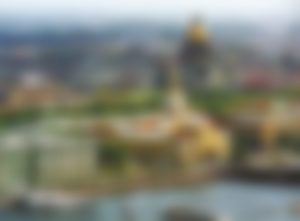
In the conquered territories, in the Swedish province of Ingria, in 1703, Peter founded a city he named St. Petersburg. He forbade the construction of stone buildings outside the city limits, so that all master masons could participate in the construction of a new city, which will soon become the new capital of Russia. Peter the Great financed the construction of the new capital by draconian taxation of the nobility, and thousands of peasants from the interior of Russia were forcibly relocated as labor. Prisoners were also forced to work on building the city. The creation of St. Petersburg on the one hand meant the opening of Russia in economic, political and intellectual terms to Europe, and on the other hand, the recognition of Russia in the world as a military and naval power
Reform of the state apparatus
Peter dissolved the Boyar Duma and created the Governing Senate of 9 members, which had absolute power in case of the emperor's absence and whose decisions could not be implemented unless they were unanimously adopted. He also established ministerial colleges that were subordinate to the Senate, introduced centralism and administratively divided the state into 8 provinces. The provinces were further divided into provinces, districts and counties.
Church reform

Peter also reformed the ruling apparatus of the Orthodox Church. Until then, power in the Church was traditionally in the hands of the Moscow Patriarch. After the death of Patriarch Adrian, Peter used the moment, prevented the election of a new head and instead appointed himself head of the Church. After that, Peter completely abolished the patriarchate, and the church administration was transferred to the Holy Governing Synod, a council composed of 10 priests headed by a secular person who took over the duties of the patriarch and his deputy, and was under the direct authority of the emperor. With this reform, the church was more than ever subordinated to secular authority.
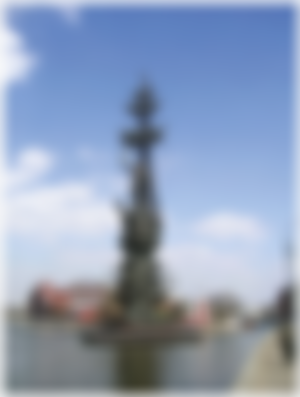
Constant exposure to effort and a messy lifestyle undermined Peter's health. The first signs of kidney disease appeared when he was fifty, but he did not even want to hear about treatment and medication. Thus, in October 1724, although all swollen from disease, he inspected the works on the Ladoga Channel, spent icy nights under tents, made his way through the frozen marshes on horseback, and then went to the smelters and accepted work like any other ordinary worker. On his way back to St. Petersburg, he came across a shipwreck on which the soldiers were in danger. Although seriously ill, Peter does not hesitate for an hour: he jumps out of his boat and steps through the icy water that reaches to his waist. The soldiers are saved, but Petra is no longer saved - she arrives in St. Petersburg with a high fever, goes to bed and never gets up again. He would die Jan. 28, 1725, at six o'clock in the morning.
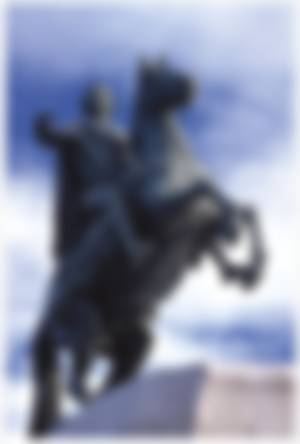
The first monument in his honor was erected only fifty years after his death, during the reign of Catherine the Great. Deeply inspired by the figure of the Russian Tsar, French sculptor Falconet worked for ten years on a monument believed to be the most skilled depiction of horses and riders in the world. On a huge pedestal is a horseman who seems to climb to the top of a rock, symbolizing all those difficulties that Peter overcame with the strength and perseverance of his genius. With his left hand he calms the horse, and with his right, in which there is no scepter, he seems to greet the whole country. In the May sun, which the Russians say is the most beautiful, the bronze face of the horseman seems to radiate in a miraculous way. Out of it emanates a strong will, mind, zeal, and focus on the future; it is not just a monument to Peter - it is a symbol of the birth of a new Russia
